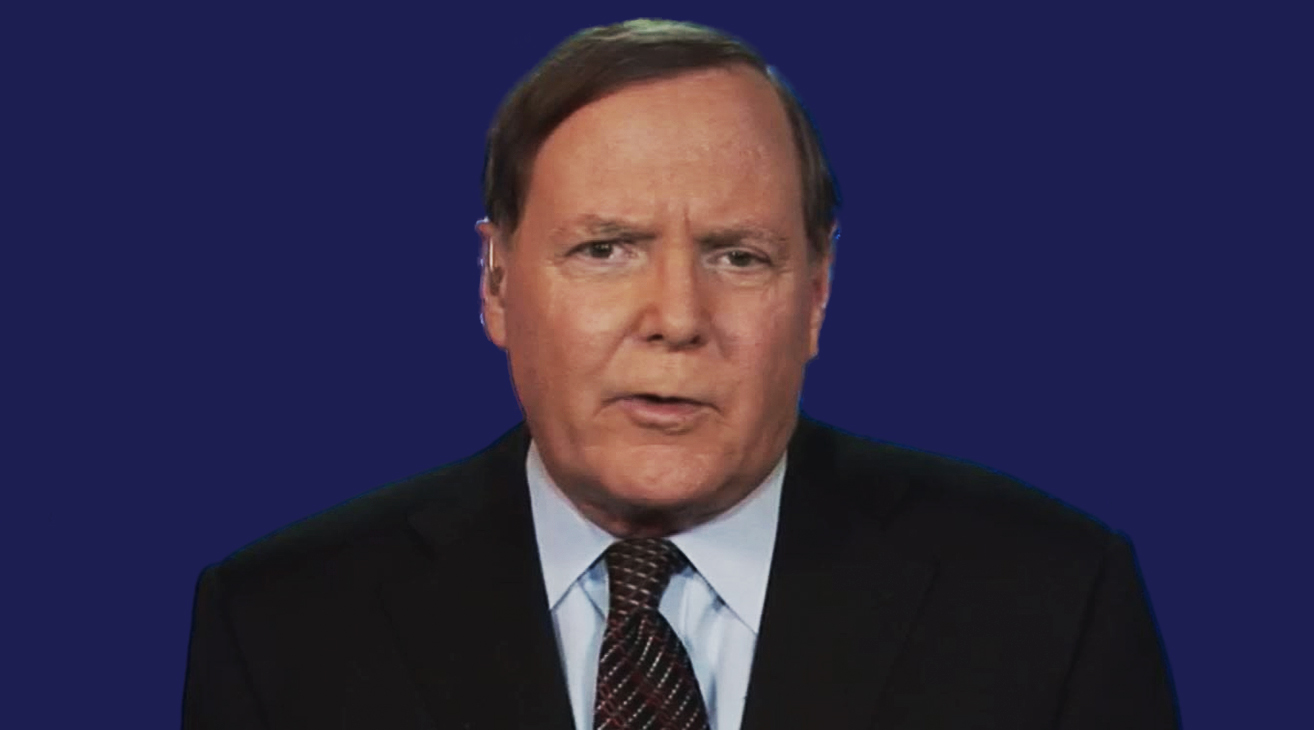by The BID Podcast, Blackrock
Cities are constantly in flux, driven by e-commerce, the sharing economy and technological development. What will the cities of the future look like?
Picture this: you wake up in the morning to a grueling iPhone alarm, roll out of bed, and put together breakfast. As you walk to the gym, you dodge scaffolding and turn up your music to wash out the sounds of construction. After the workout, you head to the nearest WeWork to start your job. In just a couple of hours, you’ve interacted with just a few of the many ways real estate is changing urban life.
In our recent podcast, “Building the cities of the future,” moderator Oscar Pulido spoke to Ben Young, BlackRock’s head of U.S. real estate investment strategy, about the three biggest disruptors to real estate and how they shape the way we live and work. Below are some highlights from the conversation.
Pulido: My suspicion is that the real estate industry, like virtually every industry in the world these days, is being disrupted. Is that the case?
Young: The needs of people and businesses are constantly changing, and the real estate environment’s needs tend to adapt. Most changes are gradual, like adding dog walks to apartment buildings or moving heaters away from the base building office walls to increase window height. But there are also major long-term disruptions. I think the first that comes to mind, to myself and probably everyone else, is e-commerce, which is the main disruptor. But there are also two more: the sharing economy and 5G.
Subscribe to The BID podcast on iTunes, Spotify or wherever you get your podcasts.
Pulido: So start with e-commerce, because you’re right, I probably have an Amazon package at home I have to pick up. I’m guessing that’s where you’re headed with this.
Young: Exactly. We’re all aware of how easy it is to order something from Amazon, as you just noted, and how the internet has made price discovery as simple as a few clicks on your cell phone. But what is interesting is that consumers prioritize speed and convenience when shopping. Thirty-nine percent of consumers rank speed as the largest factor when choosing purchases online, versus 23% who say that price was the determining factor. This makes e-commerce competitive with traditional stores, which has allowed online sales growth to be quite rapid. This in turn is creating more demand for industrial or logistic space around the United States to warehouse all of these products. Consumers are quickly being accommodated to ordering things and having those things arrive really quickly. My daughter thinks if it’s not arriving in two hours, there’s a problem.
Pulido: You also touched on 5G as another disruptor. How does 5G affect real estate?
Young: Global urgency to deploy 5G is heightening competition between governments, companies, and investors to achieve 5G leadership and capture a multitude of new market opportunities. The advances in technology it allows for, such as driver-less cars and even battery storage, will have material implications for real estate. We see it particularly in the construction industry; drones, building development, taking pictures and architectural design are all leveraging this 5G technology. Believe it or not, wearable technology is all transforming the way we construct buildings.
Pulido: It’s estimated that two-thirds of the world’s population will live in cities by 2050, which would be double the percentage of what it was in 1950. What is actually driving the move into cities and away from more rural or suburban areas?
Young: Cities have been the leading areas for job and wealth creation. This is largely a function of where talent is choosing to reside. Young educated workforces have been drawn to what we call a live, work, play environment. We’re seeing this in areas like New York City, but even in countries like Japan. I think a lot of people know that the overall population of Japan is declining given the ageing population. But what people don’t necessarily realize is in cities like Tokyo, the population is increasing, and it’s increasing at a rapid rate. What’s really important to remember is that cities are going to need to adapt and be smart. They’re going to need to continue making technological and infrastructural improvements to drive connectivity between real estate and infrastructure.
Pulido: Thank you, Ben.
Make sense of financial markets with The BID, BlackRock’s bi-weekly podcast that discusses our perspective on timely market events and investment ideas.
This post was first published at the official blog of Blackrock.













